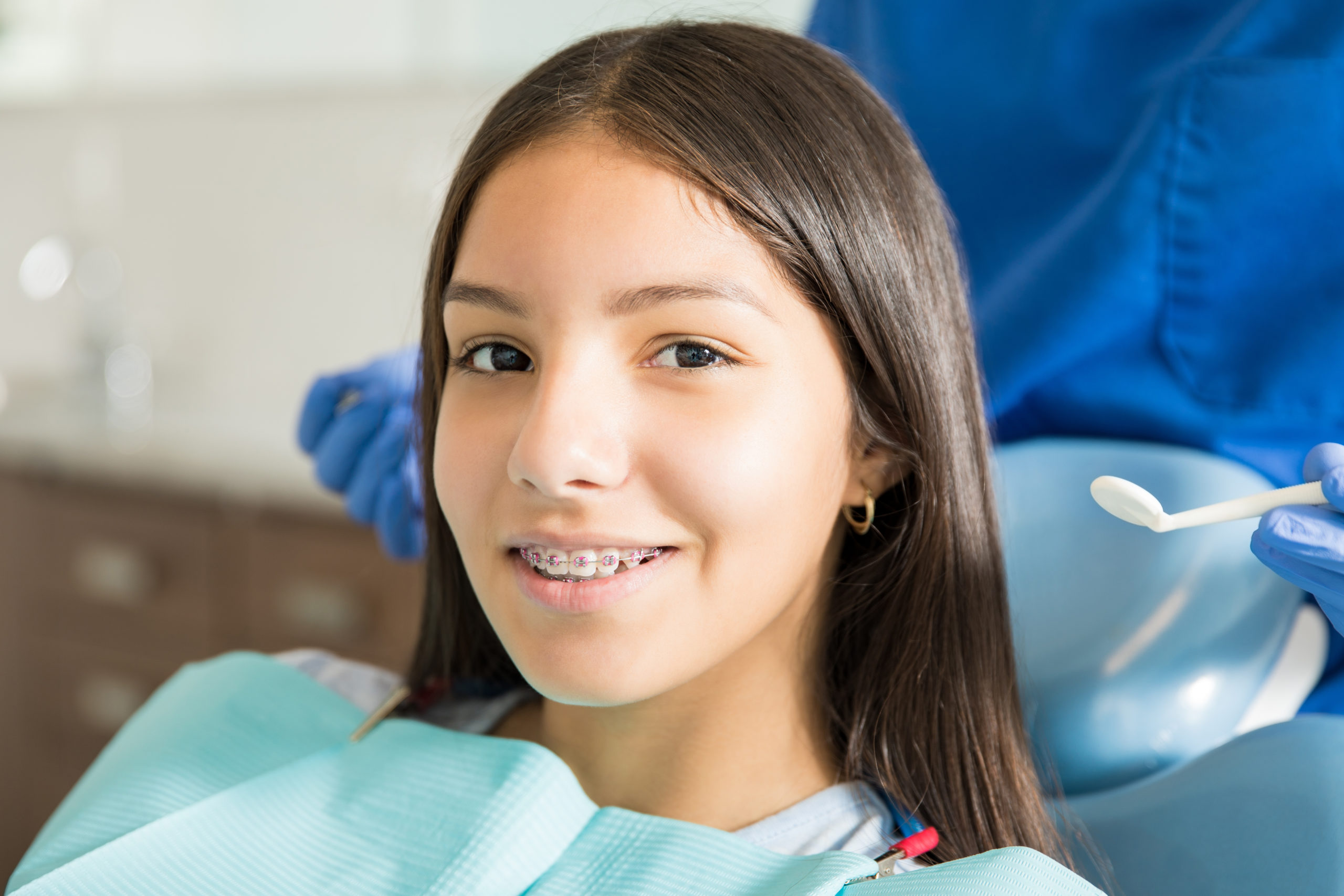ORTHODONTIC INDUCED EXTERNAL APICAL ROOT RESPORPTION (OIEARR) – you do warn about it right ?
Recently, I had cause to look at this issue and relevant warnings and the incidence of this and likely future treatment needs in the event that it occurred.
Surprisingly, there is not a lot of solid unequivocal evidence about this in scientific publications (upon which proper expert reports should rely).
There are some studies (for example) but it has to be said the issue is practically problematic for dentists or even orthodontist to defend and address.
It would be prudent for practitioners who perform orthodontics particularly on anterior teeth to consider some of the evidence.
It should be as simple as – following Rogers v Whittaker– explaining that there is a risk, what the risk factors mean when applied to the actual individual patient and then explaining and answering their questions and letting them decide after being advised appropriately.
Modern CBVT imaging might be of assistance as the dosages decline.
These seem to be agreed starting points for discussion.
1. Microscopic root resorption is characteristic to all permanent teeth during orthodontic treatment. It is clinically insignificant and radiologically invisible, orthodontic teeth movement couldn’t occur without this resorption.
2. Individual susceptibility is the main risk factor for root resorption in orthodontic patients during orthodontic treatment; in case of such susceptibility root resorption can start already in the early stage of orthodontic treatment.
3. It is possible to avoid severe root resorption by doing control x-ray images to all orthodontic patients after 6-9 months of orthodontic treatment. Minor root resorption or an irregular tooth root contour detected during this period show that there is a high risk for further root resorption.
4. Optimal force for orthodontic tooth movement but not causing root resorption should be 7-26 g/cm2 on root surface area.
Simple really. So why is it not routine to explain this ?

